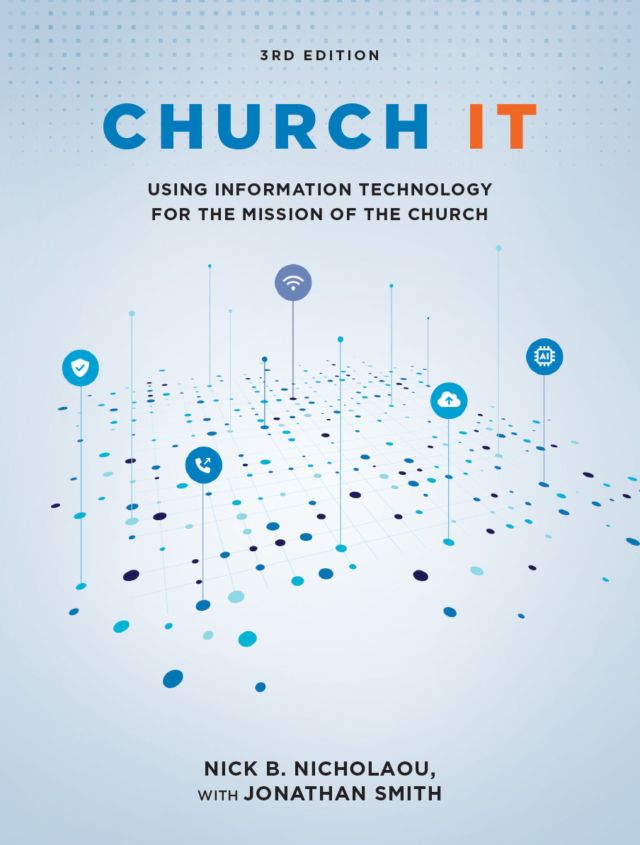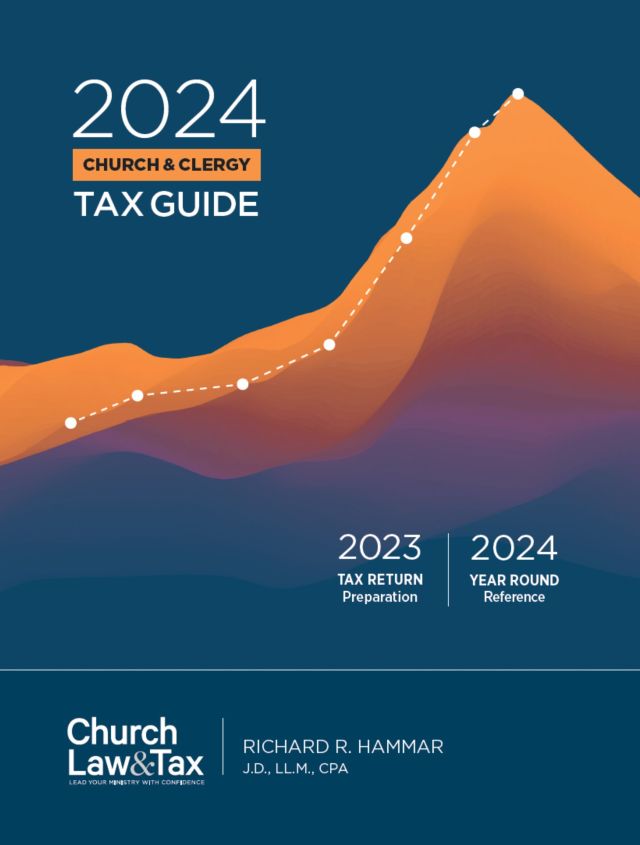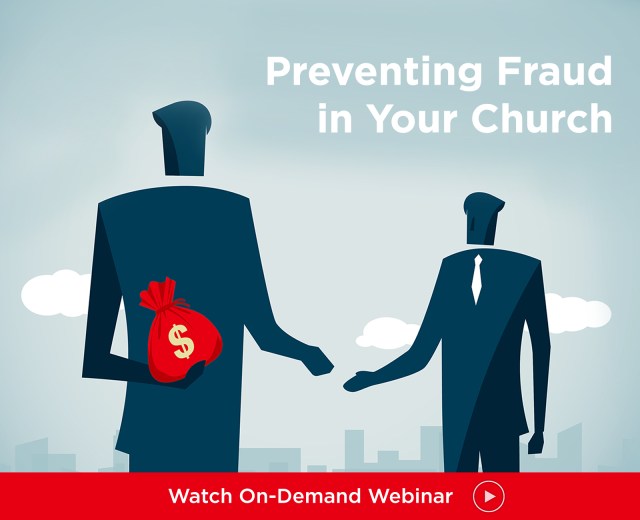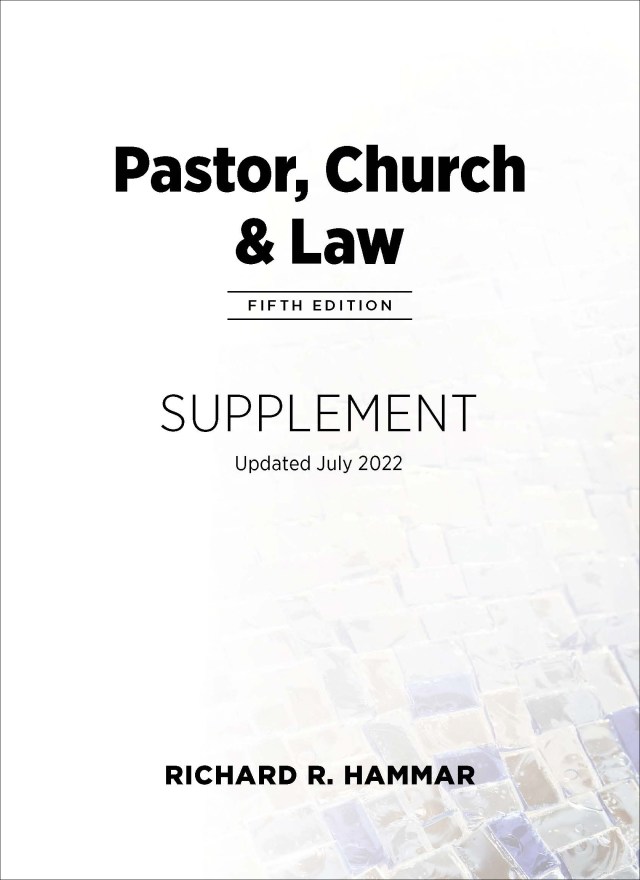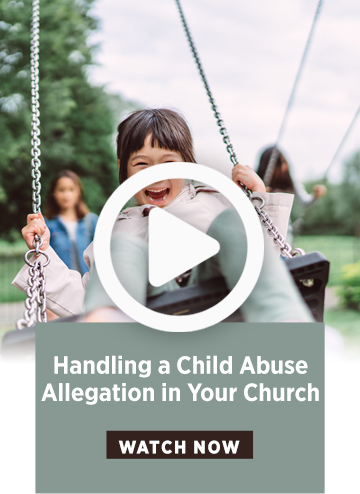Key point 10-11. A church may be legally responsible on the basis of negligent supervision for injuries resulting from a failure to exercise adequate supervision of its programs and activities.
An Ohio appeals court ruled that a church was not liable, on the basis of negligent supervision, for the choking death of a minor while attending a church camp, since such an accident was not reasonably foreseeable. A minor (the “victim”) died from choking and asphyxiation while attending a church camp. It was his 18th birthday. The victim’s mother sued the church, claiming that it was responsible for her son’s death based on its negligent supervision of the church camp. She claimed that her son had asked her if he could attend the camp, and that she had met with the church’s youth pastor to discuss the camp. She specifically asked him about supervision during the camp and was told “not to worry about it, we will take good care of him, he is a good kid.” The mother thereafter agreed to let her son attend the camp. While at the three-day camp, the victim called his mother on his 18th birthday and said, “Hey, mom, I’m a man now, I’m 18.” His mother reminded him that because he was born at 5:06 p.m., he was not “fully a man until 5:06.”
Later that day the victim’s mother received a phone call informing her that her son “had an accident,” and was told to call the local police. The police connected her with a hospital, and a doctor informed her that her son had died after being found “hung with a belt” at the camp. The doctor gave her no indication that her son’s death was a suicide. The first time she heard anyone mention suicide was when she went to the hospital to identify her son’s body and a nurse offered her condolences and said, “Suicide is a hard thing.” The suggestion of suicide made the mother “irate” because it “was never his nature,” as he was “happy-go-lucky,” and not depressed.
The death certificate issued by the local coroner listed the victim’s cause of death as asphyxiation due to, or as a consequence of, hanging. It further listed the manner of death as suicide.
Sometime after the victim’s death, another boy who had been at the camp met with the mother. The mother asked him to describe what happened to her son. The boy told her that he was the one who found her son hanging from a tree and cut him down. The boy told the mother that he believed that her son was depressed.
The mother also met with the youth pastor who told her that on the morning that her son died, it “seemed like everything was going well” and they sang “Happy Birthday” to him. When one of the kids told him something had happened to the victim, he ran to where his body was and attempted to perform CPR. He had no recollection of seeing a belt around the victim’s neck. When the mother asked him how this could have happened, the youth pastor told her, “I’m sorry, we screwed up. We didn’t watch the boys.” The church’s senior pastor later informed the mother that they had found a document in the victim’s handwriting that indicated some suicidal thoughts and that the church had turned that document over to police and so the mother was unable to view it.
The camp director stated that the victim was found in a section of the camp property that was “very difficult to get into,” and that in his 26 years at the camp, he had not “seen anybody in that section of woods other than deer hunters.” When the director reached the victim, he found the youth pastor on his knees attempting CPR. The director contacted the police, and assisted first responders, including paramedics, the fire department, and the sheriff’s department, to find the exact location in the woods.
The director later told police investigators that he at first thought the victim had committed suicide, but upon further reflection noted that “there was a possibility that it wasn’t a suicide, but it might have been the choking game” that kids played.
The mother’s lawsuit against the church claimed that the church had “assumed the duty to supervise this youth camp outing and ensure the safety of [the participants],” and that the church “negligently supervised” both her son and the other campers allegedly responsible for harming her son.
At the close of the mother’s case, the church moved for a directed verdict in its favor. The trial judge granted the church’s motion, concluding that the church “was under no duty to supervise the victim as he was an adult at the time of his death,” and that “there was no evidence presented that the injury or harm to [the victim] was reasonably foreseeable to [the church].” The mother appealed.
A state appeals court affirmed the directed verdict in the church’s favor. It noted that even if it accepted the mother’s account that her son’s death had been due to his participation in a “choking game,” any duty the church owed to the victim was dependent on the foreseeability of the prank. The mother asserted that pranking was foreseeable because she received an information sheet from the church that specifically prohibited campers from bringing “prank items” to the youth retreat. However, the court concluded:
[The mother] presented no evidence of prior pranks at the church, the camp, or by the campers attending the camp. In fact, the evidence presented demonstrated that pranks were specifically prohibited by the church and the camp. It is hard to imagine how the prohibited conduct could be foreseeable. Even if the evidence that pranks were prohibited made pranks somehow foreseeable, there was no evidence that the so-called “choking game” was the type of prank that fell within the “prank items” described in the flyer, or that anyone at the youth retreat knew of the choking game or could have anticipated that any of the retreat attendees would have participated in the choking game while at the camp. The mother does not explain how the church’s prohibiting prank items makes it foreseeable that some campers might engage in a choking game prank.
Ultimately, the record provided to this court demonstrates that the mother failed to present any evidence that the church reasonably could have or should have foreseen the “prank” that led to the victim’s injury and death. Without any indication of foreseeability, the church could not have had a duty to supervise or protect the victim and the mother’s negligent supervision claim fails as a matter of law… . Following our independent review of the record … we conclude reasonable minds could come to but one conclusion that the “prank” leading to the victim’s death was not foreseeable. Accordingly, the trial court did not err in granting the church’s motion for directed verdict.
What This Means For Churches:
This case is instructive for two reasons. First, churches are not guarantors of the safety of minors during church activities, nor are they automatically liable for every injury that occurs. Second, while a church has a duty to provide reasonable supervision of minors who participate in its programs and activities, this duty only applies to foreseeable harm. The appeals court concluded that the church was not responsible for the victim’s death because death by choking was not foreseeable. 41 N.E.3d 1275 (Ohio App. 2015).
